Home>Gardening & Outdoor>Outdoor Structures>How To Keep Rodents Out Of My Tool Shed
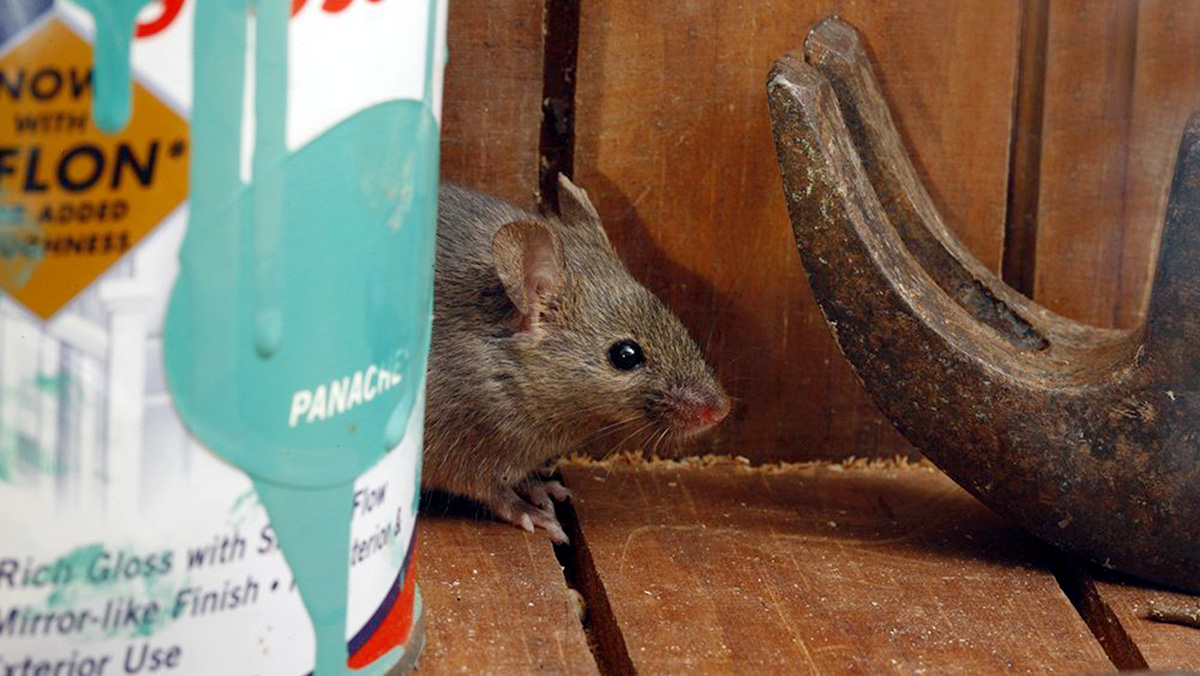

Outdoor Structures
How To Keep Rodents Out Of My Tool Shed
Modified: October 19, 2024
Learn effective methods to keep rodents out of your outdoor structures. Discover how to protect your tool shed from unwanted pests.
(Many of the links in this article redirect to a specific reviewed product. Your purchase of these products through affiliate links helps to generate commission for Storables.com, at no extra cost. Learn more)
Introduction
Welcome to the ultimate guide on protecting your tool shed from pesky rodents. If you've ever experienced the frustration of finding chewed-up items, scattered droppings, or even nesting materials in your tool shed, you understand the importance of safeguarding this space. Rodents not only cause damage to your belongings but also pose health risks and can compromise the structural integrity of the shed. However, fear not! With the right strategies and a bit of know-how, you can effectively keep rodents at bay and maintain a clean, organized, and rodent-free tool shed.
In this comprehensive guide, we will delve into the intricacies of rodent behavior, explore various methods to secure entry points, discuss the removal of attractants, examine the use of rodent repellents, emphasize the significance of cleanliness, and highlight the importance of regular inspections and maintenance. By the end of this journey, you will be equipped with the knowledge and tools to fortify your tool shed against unwanted rodent intruders.
So, whether you're a seasoned DIY enthusiast, a gardening aficionado, or simply someone who values a well-kept outdoor space, join us as we embark on this enlightening and empowering quest to safeguard your tool shed from the relentless advances of rodents. Let's dive in and discover the secrets to a rodent-free sanctuary for your beloved tools and equipment.
Key Takeaways:
- Keep rodents out of your tool shed by sealing entry points, removing attractants, and using repellents. Regular inspections and cleanliness are key to maintaining a rodent-free space for your tools.
- Understanding rodent behavior is crucial for effective prevention. By disrupting their habits and preferences, you can create an unwelcoming environment and fortify your shed against unwanted intruders.
Read more: How To Keep Rodents Out Of A Dryer Vent
Understanding Rodent Behavior
Before implementing strategies to keep rodents out of your tool shed, it’s essential to understand their behavior. Rodents, including mice, rats, and squirrels, are highly adaptable creatures with a keen sense of survival. They are attracted to shelter, food, and nesting materials, making tool sheds an ideal habitat for them.
These pests are adept at squeezing through small openings, gnawing through various materials, and reproducing rapidly, which can lead to a full-blown infestation if left unchecked. Rodents are also nocturnal, meaning they are most active during the night, making it challenging to detect their presence until the infestation becomes severe.
Understanding the behavioral patterns of rodents is crucial for devising effective prevention and control measures. By recognizing their tendencies to seek out sheltered spaces, scavenge for food, and reproduce prolifically, you can proactively address vulnerabilities in your tool shed and implement strategies to deter them from taking up residence.
As we delve deeper into this guide, we will explore practical steps to disrupt the habits and preferences of rodents, making your tool shed an inhospitable environment for these unwanted guests. By leveraging your understanding of rodent behavior, you can strategically fortify your shed and create an unwelcoming environment that encourages these pests to seek shelter and sustenance elsewhere.
Securing Entry Points
One of the most effective ways to keep rodents out of your tool shed is by securing all potential entry points. Rodents are masters of infiltration, capable of squeezing through incredibly small openings and exploiting even the tiniest vulnerabilities in the shed’s structure. To fortify your shed against these persistent pests, it’s crucial to conduct a thorough inspection to identify and seal off any potential entry points.
Start by examining the exterior of the shed for gaps, cracks, and holes. Pay close attention to areas where pipes, cables, and vents enter the shed, as these are common entry points for rodents. Use durable materials such as steel wool, hardware cloth, or caulk to seal off these openings, ensuring that rodents cannot gnaw their way through or squeeze past the barriers.
Additionally, inspect the doors, windows, and their frames for gaps or gaps around them. Install door sweeps and weather stripping to create a tight seal, preventing rodents from slipping through the smallest openings. Consider adding metal kick plates to the bottom of doors to deter rodents from gnawing and creating entry points.
For ventilation openings, such as vents and louvers, install mesh screens or hardware cloth to prevent rodents from gaining access while still allowing proper airflow. Ensure that these screens are securely fastened and free from damage or deterioration.
By diligently securing all potential entry points, you create a formidable barrier that significantly reduces the likelihood of rodents infiltrating your tool shed. This proactive approach not only prevents infestations but also contributes to the overall structural integrity and security of the shed, offering peace of mind and protection for your valuable tools and equipment.
Removing Attractants
Eliminating attractants is a fundamental step in deterring rodents from seeking shelter in your tool shed. Rodents are drawn to environments that provide easy access to food, water, and nesting materials. By removing these attractants, you can create an inhospitable environment that discourages rodents from taking up residence in your shed.
Start by organizing and decluttering your tool shed. Remove any unnecessary items, especially those that rodents could use for nesting, such as cardboard, fabric, or insulation. Store all tools, equipment, and supplies in sealed containers to minimize potential nesting materials and prevent rodents from making themselves at home.
Inspect the shed for food sources, including pet food, birdseed, and stored grains. Store these items in airtight containers made of metal or heavy-duty plastic to prevent rodents from accessing them. Regularly clean up any spills or crumbs and avoid leaving food or food waste in the shed, as even small remnants can attract rodents.
Address any water sources in and around the shed. Fix any leaks or standing water issues to eliminate potential drinking sources for rodents. Additionally, consider installing gutter guards and ensuring proper drainage to prevent water accumulation near the shed, reducing the attractiveness of the environment for rodents.
By removing attractants, you create an environment that is less appealing to rodents, reducing the likelihood of infestations and minimizing the risk of damage to your belongings. This proactive approach not only deters rodents but also contributes to the overall cleanliness and organization of your tool shed, enhancing its functionality and usability.
Seal any cracks or openings in the shed with steel wool or wire mesh to prevent rodents from entering. Keep the shed clean and free of food sources to discourage them from sticking around.
Using Rodent Repellents
When it comes to keeping rodents out of your tool shed, utilizing rodent repellents can serve as an effective line of defense. These repellents are designed to deter rodents from entering or nesting in the shed, creating an environment that is inhospitable to these unwanted pests. While repellents should be used in conjunction with other preventive measures, they can significantly bolster your efforts to maintain a rodent-free space.
One popular type of rodent repellent is ultrasonic devices, which emit high-frequency sound waves that are disruptive and unsettling to rodents, compelling them to avoid the area. These devices are easy to install and can cover a substantial area within the shed, providing continuous protection against rodent intrusion.
Natural repellents, such as peppermint oil, cedarwood, or cloves, can also be strategically placed in the shed to create an environment that is unappealing to rodents. These scents are known to repel rodents and can be used in the form of sachets, cotton balls soaked in essential oils, or diffusers placed strategically throughout the shed.
Another effective repellent is predator urine, which simulates the presence of natural predators and triggers a fear response in rodents, prompting them to avoid the area. Predator urine, available for purchase from outdoor supply stores, can be strategically placed around the perimeter of the shed to create a deterrent barrier.
It’s important to note that while repellents can be valuable tools in your rodent prevention arsenal, they should be used in conjunction with other strategies, such as securing entry points and removing attractants, for maximum effectiveness. By incorporating rodent repellents into your comprehensive rodent control plan, you can create an environment that actively discourages rodents from inhabiting your tool shed, safeguarding your valuable equipment and ensuring a pest-free space.
Read more: How To Rodent-Proof A Shed
Maintaining Cleanliness
Ensuring that your tool shed remains clean and well-maintained is a crucial aspect of rodent prevention. Rodents are attracted to environments with ample hiding spots, nesting materials, and food sources. By maintaining cleanliness and organization, you can create an inhospitable environment that discourages rodents from taking up residence in your shed.
Regularly sweep and vacuum the interior of the shed to remove dust, debris, and potential nesting materials. Pay particular attention to corners, shelves, and storage areas, as these are prime locations for rodents to establish nests. By keeping the shed tidy and free of clutter, you minimize potential hiding spots and nesting areas for rodents.
Store all tools, equipment, and supplies in sealed containers to prevent rodents from accessing them and to minimize potential nesting materials. Opt for durable, rodent-proof storage solutions, such as metal or heavy-duty plastic containers, to safeguard your belongings and deter rodents from gnawing through containers in search of nesting materials or food.
Regularly inspect the shed for signs of rodent activity, such as droppings, gnaw marks, or nesting materials. If any evidence of rodents is found, take immediate action to address the issue and fortify your rodent prevention measures. By promptly addressing signs of rodent activity, you can prevent infestations from taking hold and protect your shed and belongings from damage.
By maintaining cleanliness and organization in your tool shed, you create an environment that is less appealing to rodents, reducing the likelihood of infestations and minimizing the risk of damage to your belongings. This proactive approach not only deters rodents but also contributes to the overall functionality and usability of your shed, ensuring a clean, organized, and rodent-free space for your tools and equipment.
Regular Inspections and Maintenance
Consistent inspections and proactive maintenance are essential for effectively safeguarding your tool shed against rodent infestations. By routinely assessing the shed’s condition and promptly addressing any vulnerabilities, you can prevent potential entry points, eliminate attractants, and maintain a secure and rodent-free environment for your valuable tools and equipment.
Establish a regular schedule for inspecting the exterior and interior of the shed. Pay close attention to areas where different materials meet, such as the junctions between walls, floors, and ceilings, as these areas are prone to gaps and cracks that can serve as entry points for rodents. Seal any gaps or openings with durable materials, such as steel wool, hardware cloth, or caulk, to fortify the shed against infiltration.
Inspect doors, windows, and their frames for any signs of wear, damage, or gaps. Replace worn weather stripping, install door sweeps, and ensure that windows close tightly to prevent rodents from accessing the shed through these entry points. Regularly check the integrity of screens and vents to confirm that they are intact and free from damage or deterioration.
As part of your routine inspections, assess the shed’s surroundings for potential attractants and vulnerabilities. Remove any debris, clutter, or overgrown vegetation that could provide hiding spots or nesting materials for rodents. Additionally, address any standing water, leaks, or drainage issues that could create an inviting environment for rodents.
Proactive maintenance also involves monitoring for any signs of rodent activity, such as droppings, gnaw marks, or nesting materials. If evidence of rodents is found, take immediate action to address the issue and reinforce your rodent prevention measures to prevent infestations from taking hold.
By conducting regular inspections and implementing proactive maintenance measures, you can fortify your tool shed against rodent intrusions, ensuring a secure and pest-free environment for your tools and equipment. This vigilant approach not only prevents infestations but also contributes to the longevity and functionality of your shed, providing peace of mind and protection for your valuable belongings.
Conclusion
Congratulations on completing this comprehensive guide to keeping rodents out of your tool shed! By gaining a deeper understanding of rodent behavior and implementing a range of proactive strategies, you are well-equipped to fortify your shed against unwanted intruders and maintain a clean, organized, and rodent-free space for your valuable tools and equipment.
Throughout this journey, you’ve learned the importance of securing entry points to prevent rodent infiltration. By diligently sealing off potential entryways and reinforcing the shed’s structure, you’ve created a formidable barrier against rodent intrusions, safeguarding your belongings and ensuring a secure environment.
Removing attractants and maintaining cleanliness in the shed has been emphasized as essential steps in deterring rodents. By organizing and decluttering the space, storing items in sealed containers, and eliminating food and water sources, you’ve created an environment that is less appealing to rodents, reducing the risk of infestations and damage to your belongings.
Utilizing rodent repellents and conducting regular inspections and maintenance are additional pillars of your comprehensive rodent prevention strategy. By incorporating these measures, you’ve actively discouraged rodents from taking up residence in your shed and have maintained a proactive stance in safeguarding your space against potential infestations.
As you embark on the journey to protect your tool shed from rodents, remember that these efforts not only preserve the integrity of your belongings but also contribute to the overall functionality and usability of your outdoor space. By maintaining a rodent-free shed, you create an environment that is conducive to productivity, creativity, and enjoyment, allowing you to make the most of your valuable tools and equipment.
With your newfound knowledge and proactive approach, you can confidently ensure that your tool shed remains a sanctuary for your beloved tools, free from the disruptions and damage caused by rodent intrusions. Embrace these strategies, stay vigilant, and enjoy the peace of mind that comes with a well-protected and rodent-free tool shed.
Frequently Asked Questions about How To Keep Rodents Out Of My Tool Shed
Was this page helpful?
At Storables.com, we guarantee accurate and reliable information. Our content, validated by Expert Board Contributors, is crafted following stringent Editorial Policies. We're committed to providing you with well-researched, expert-backed insights for all your informational needs.
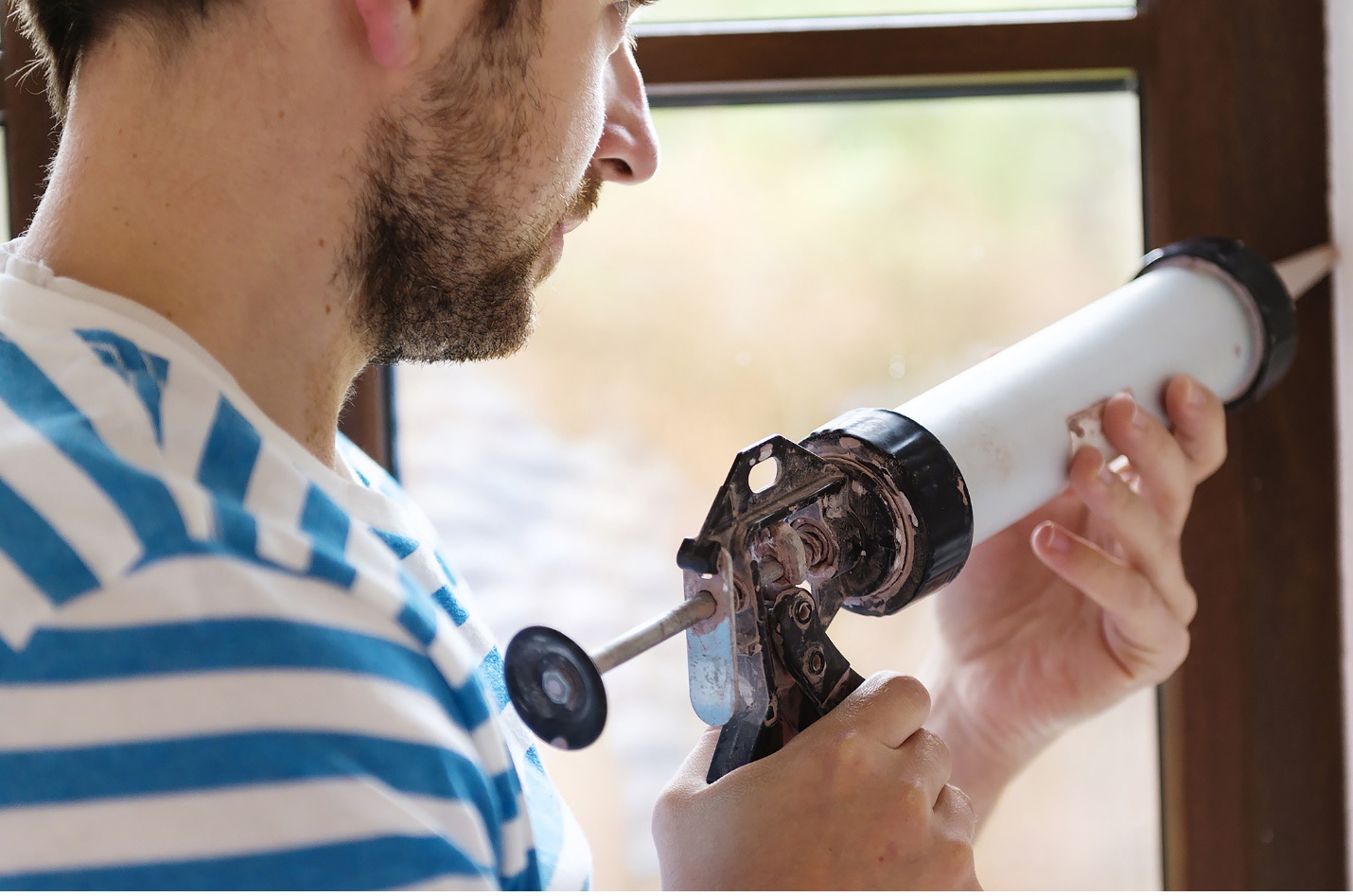
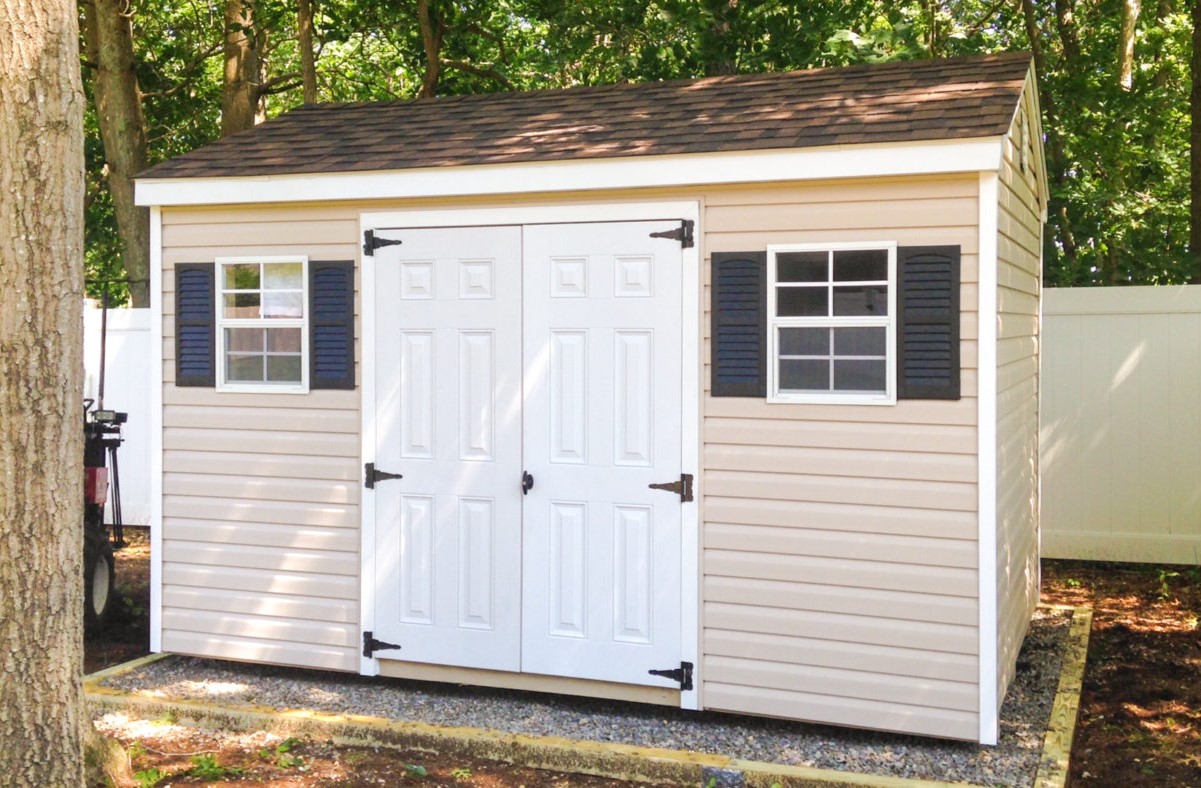
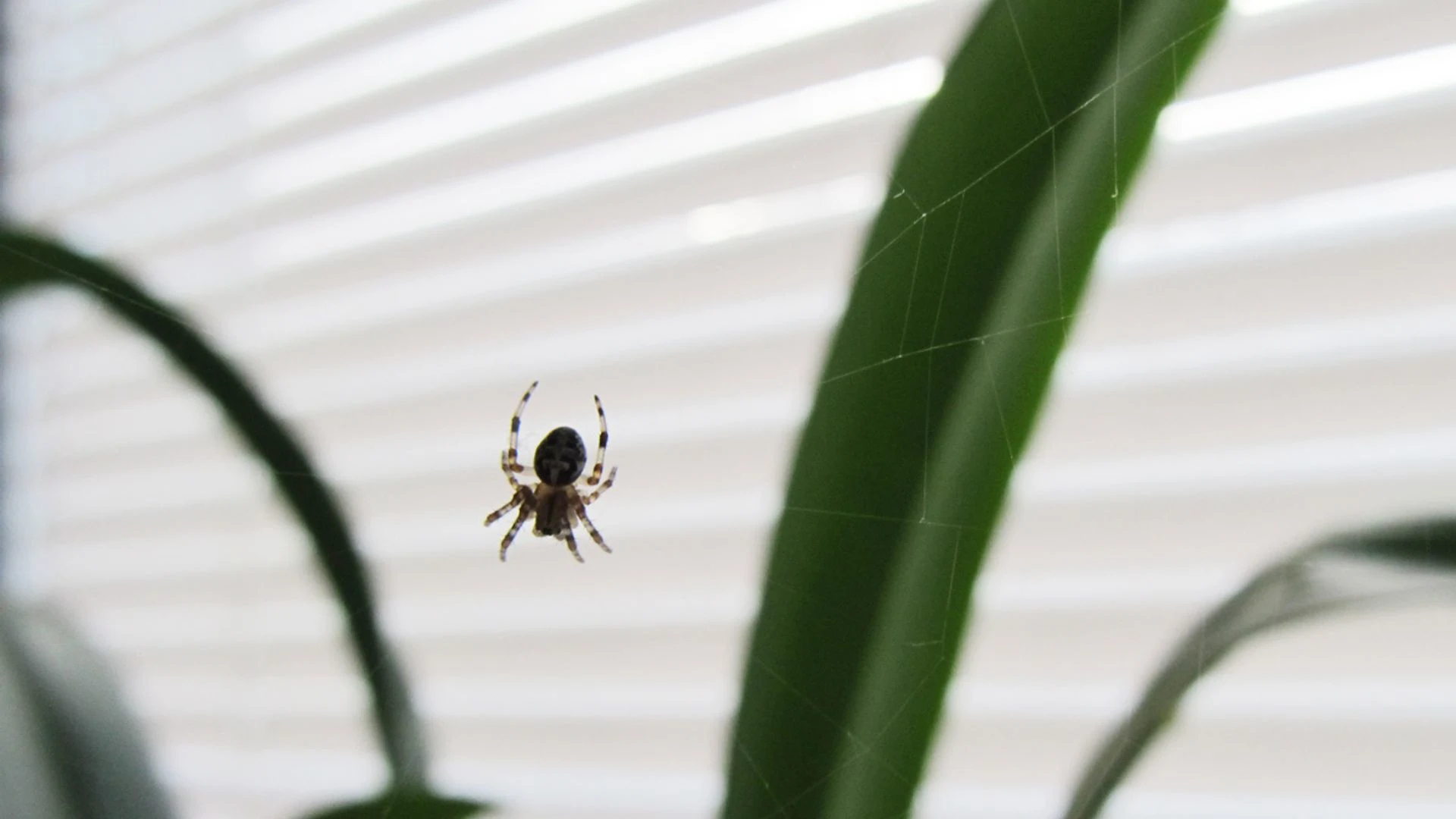
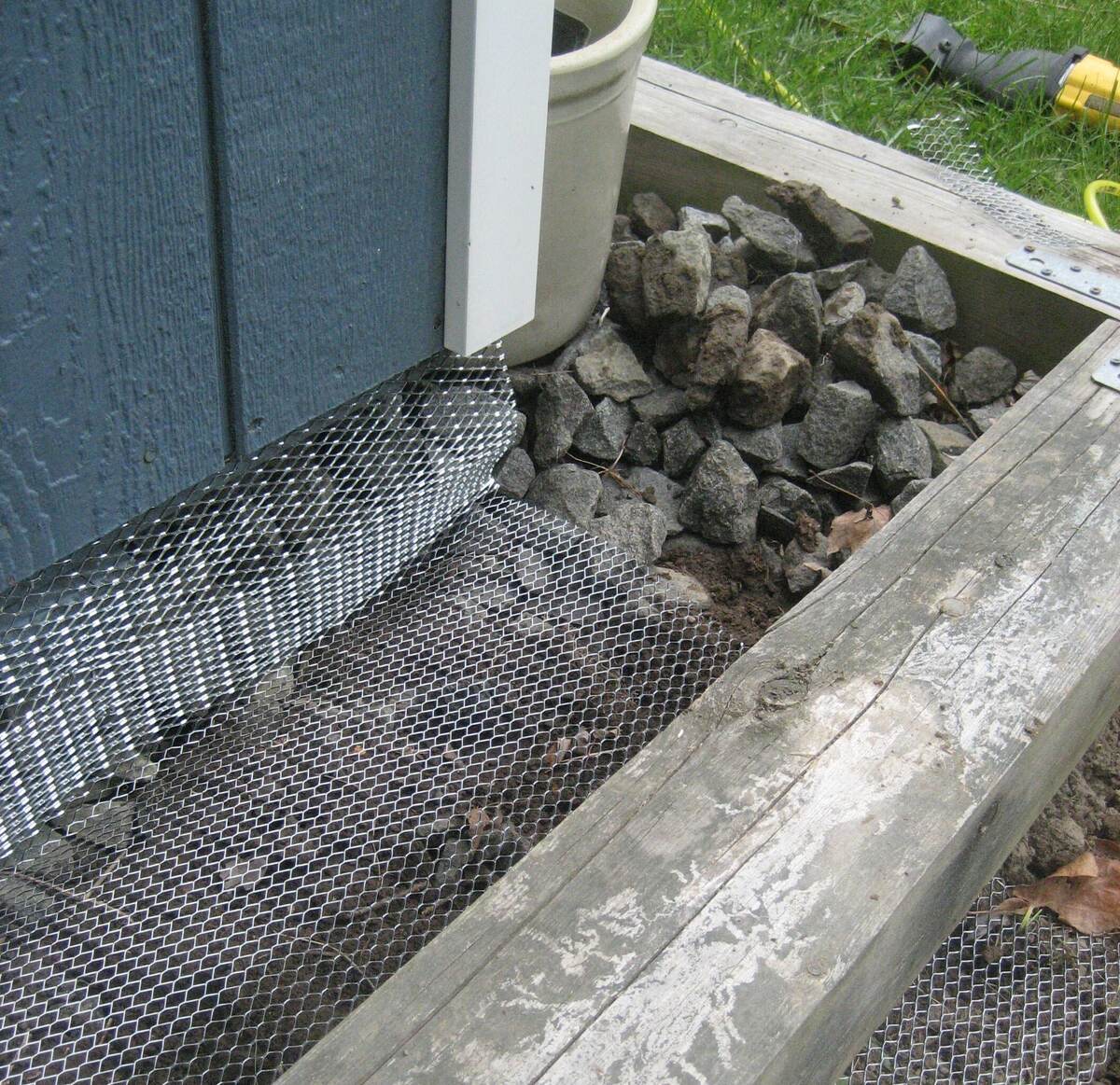
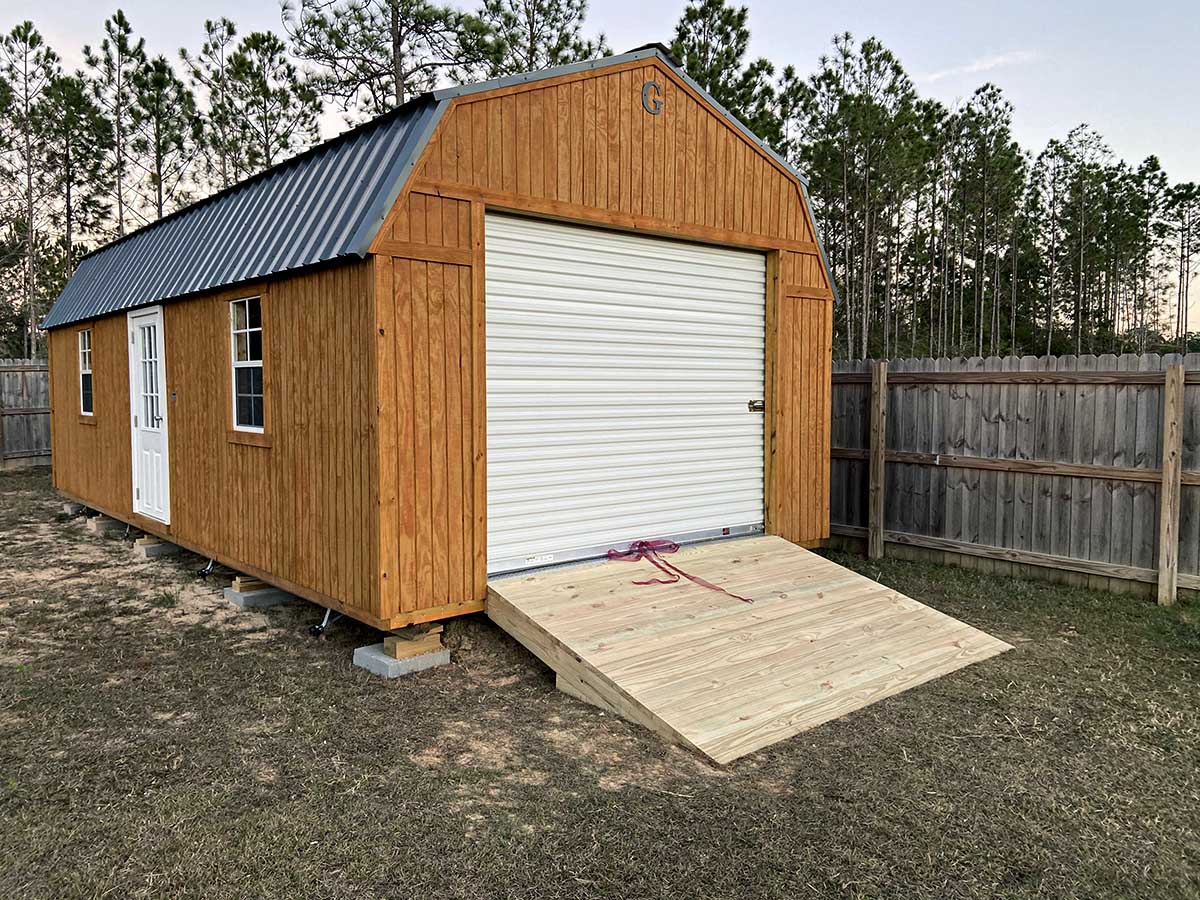
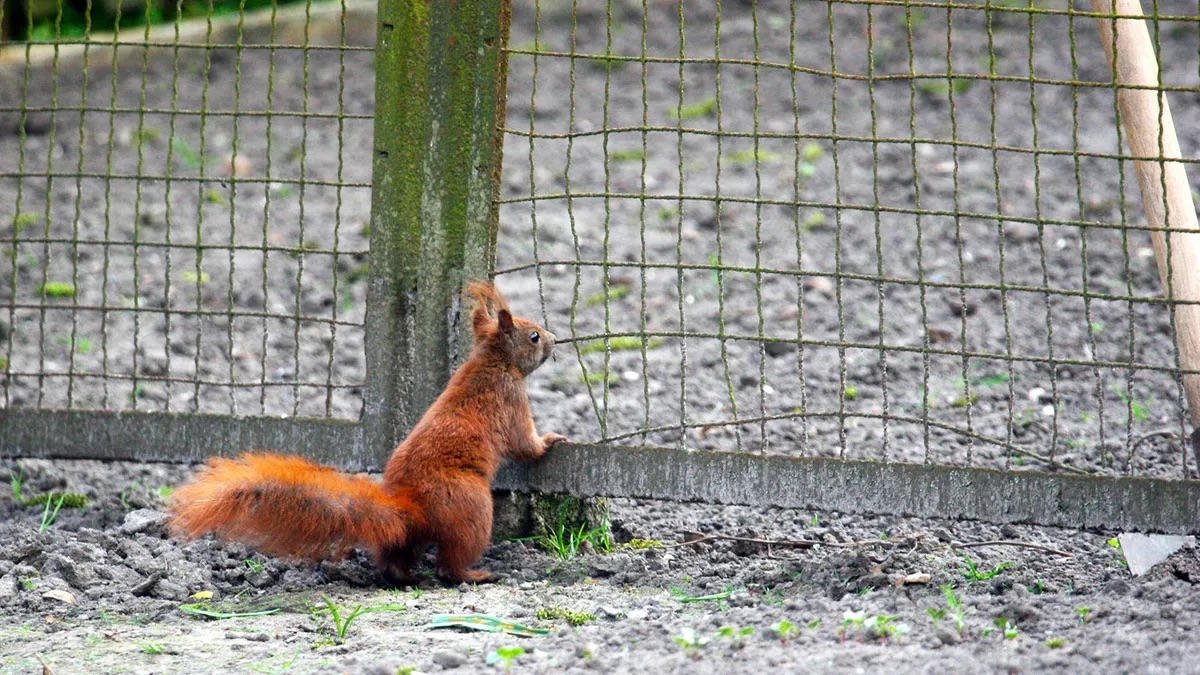
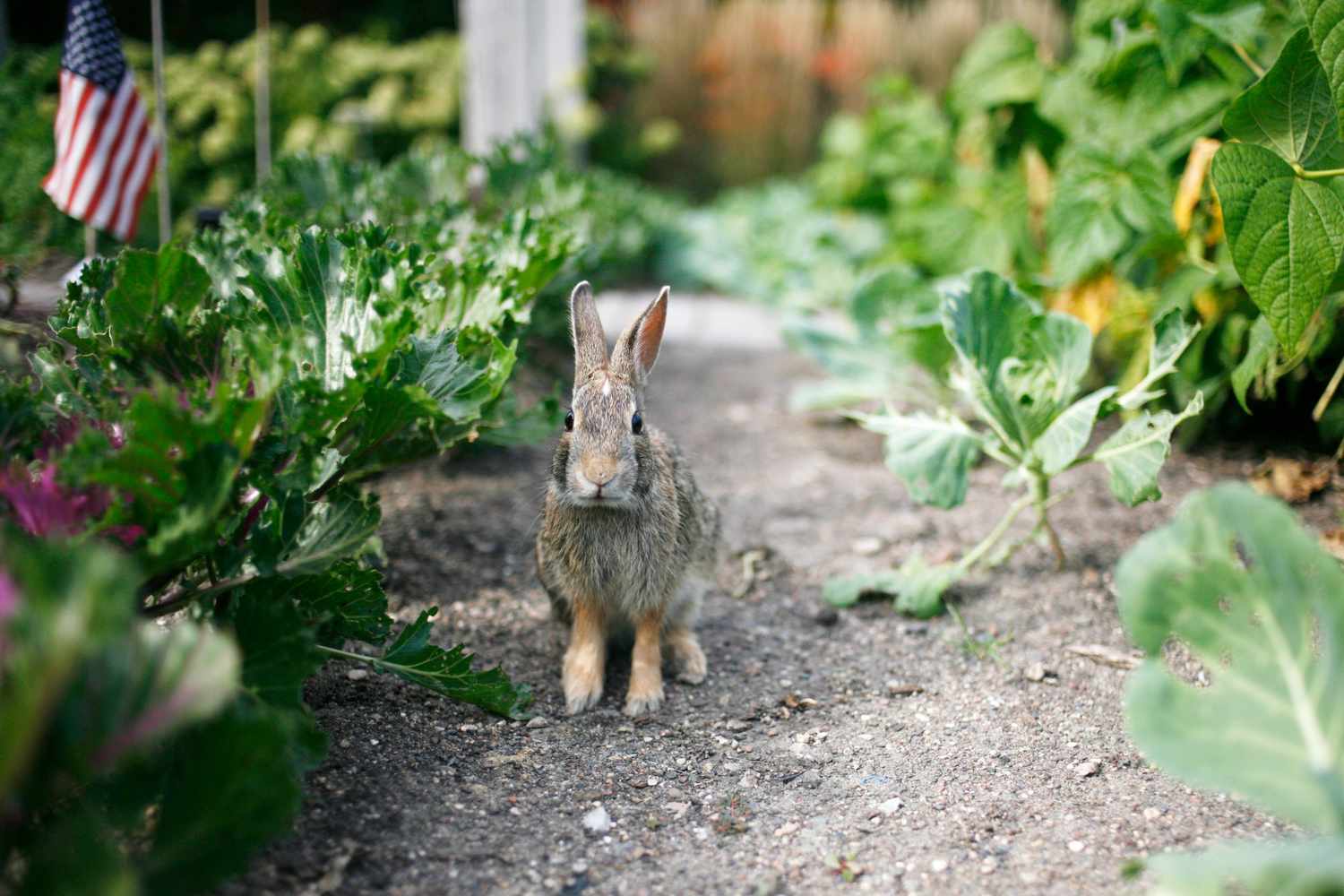
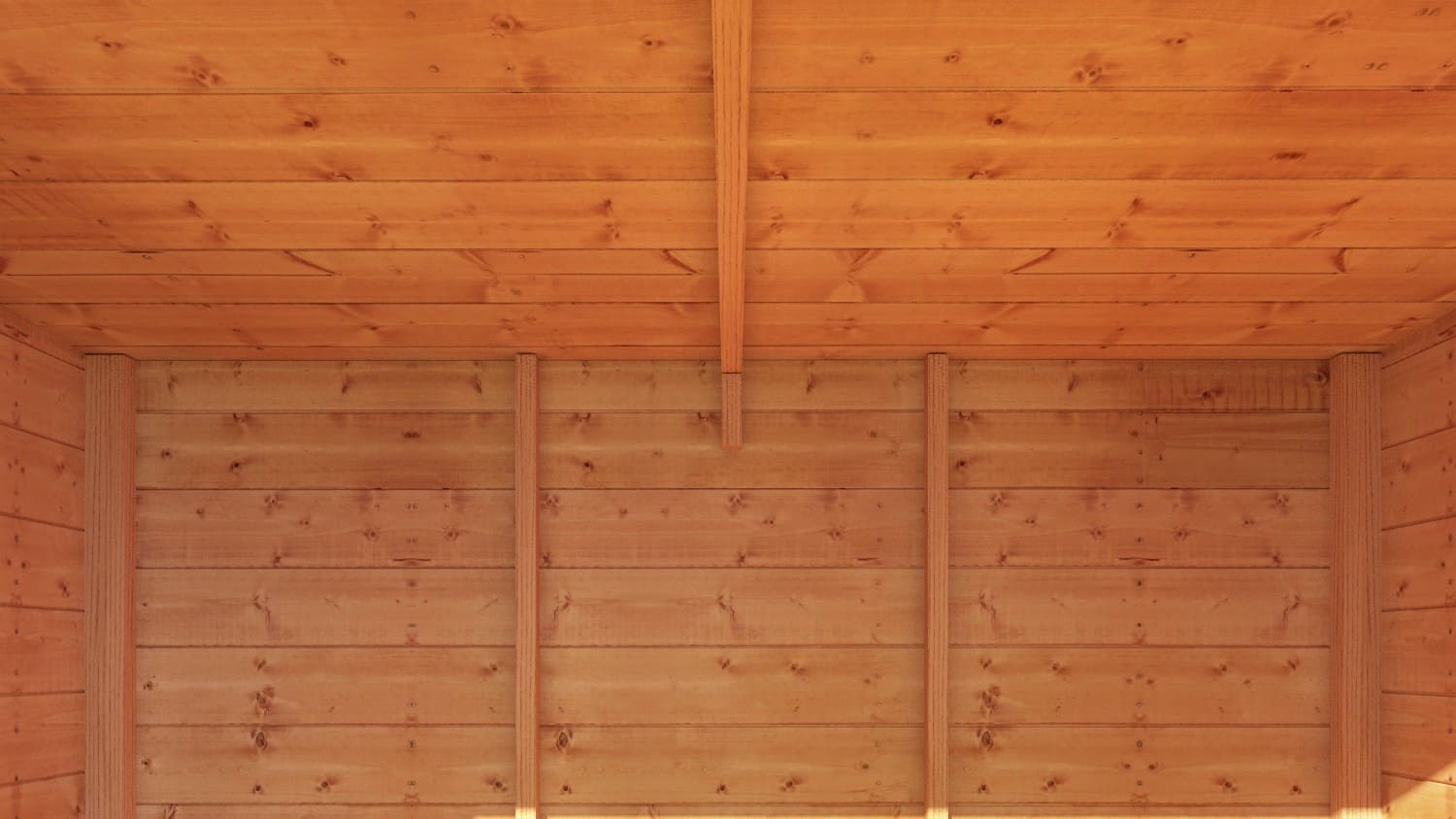
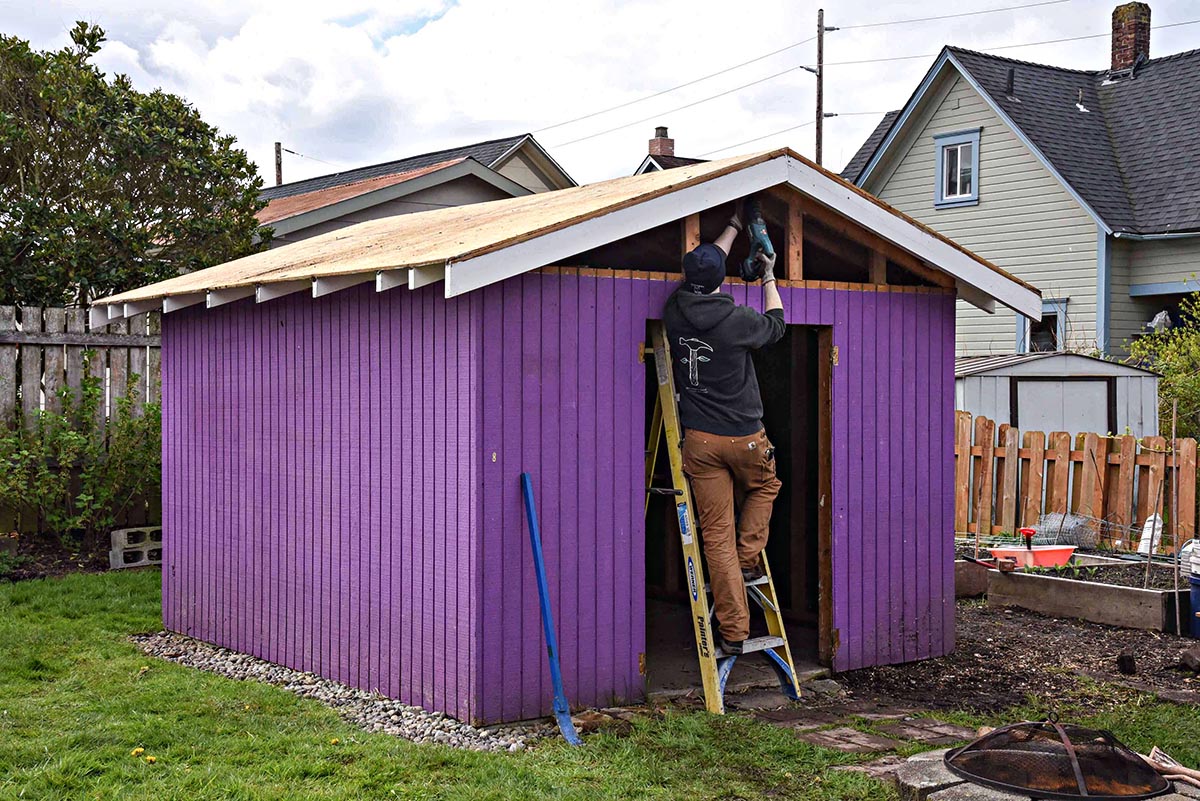
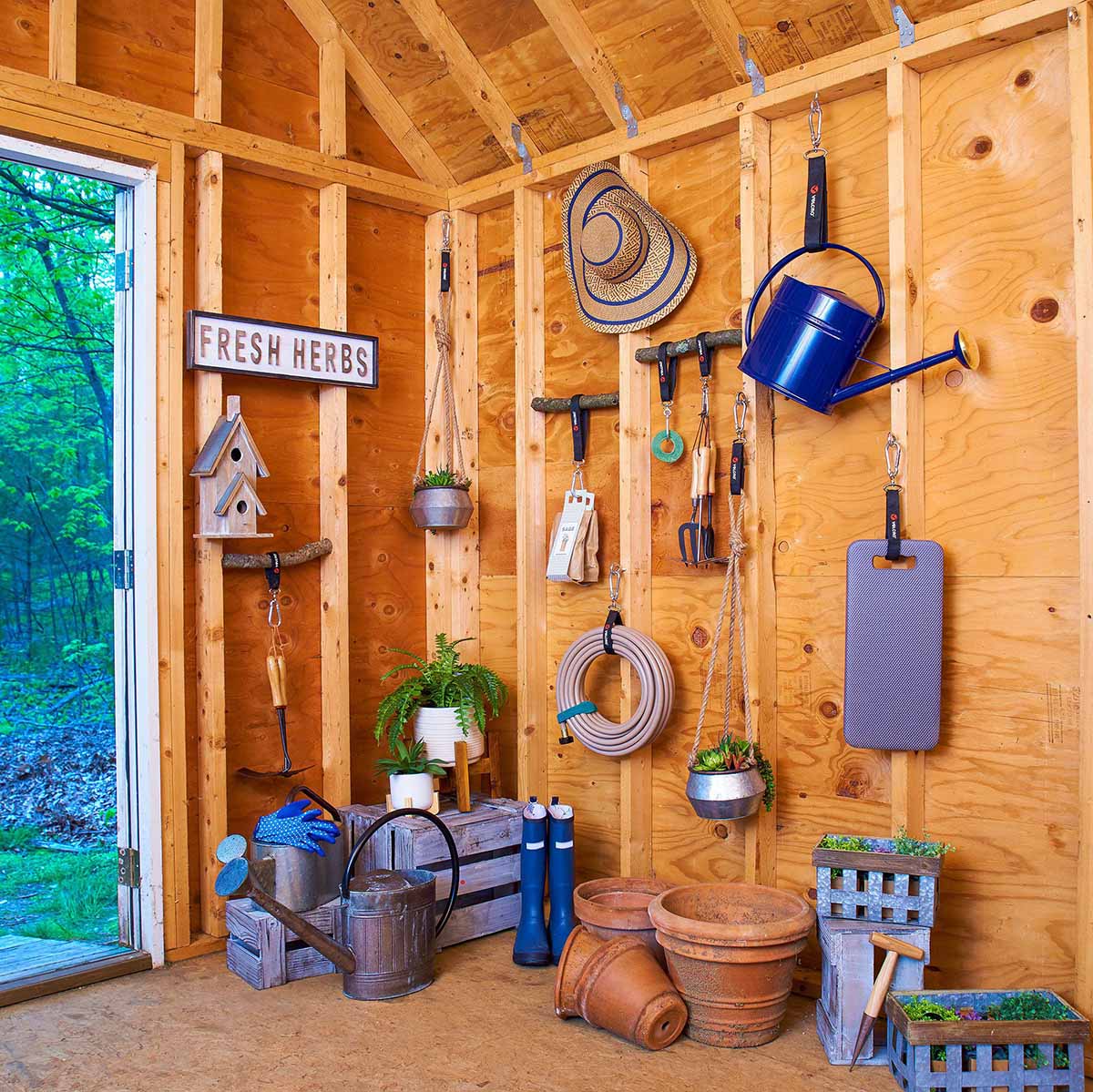
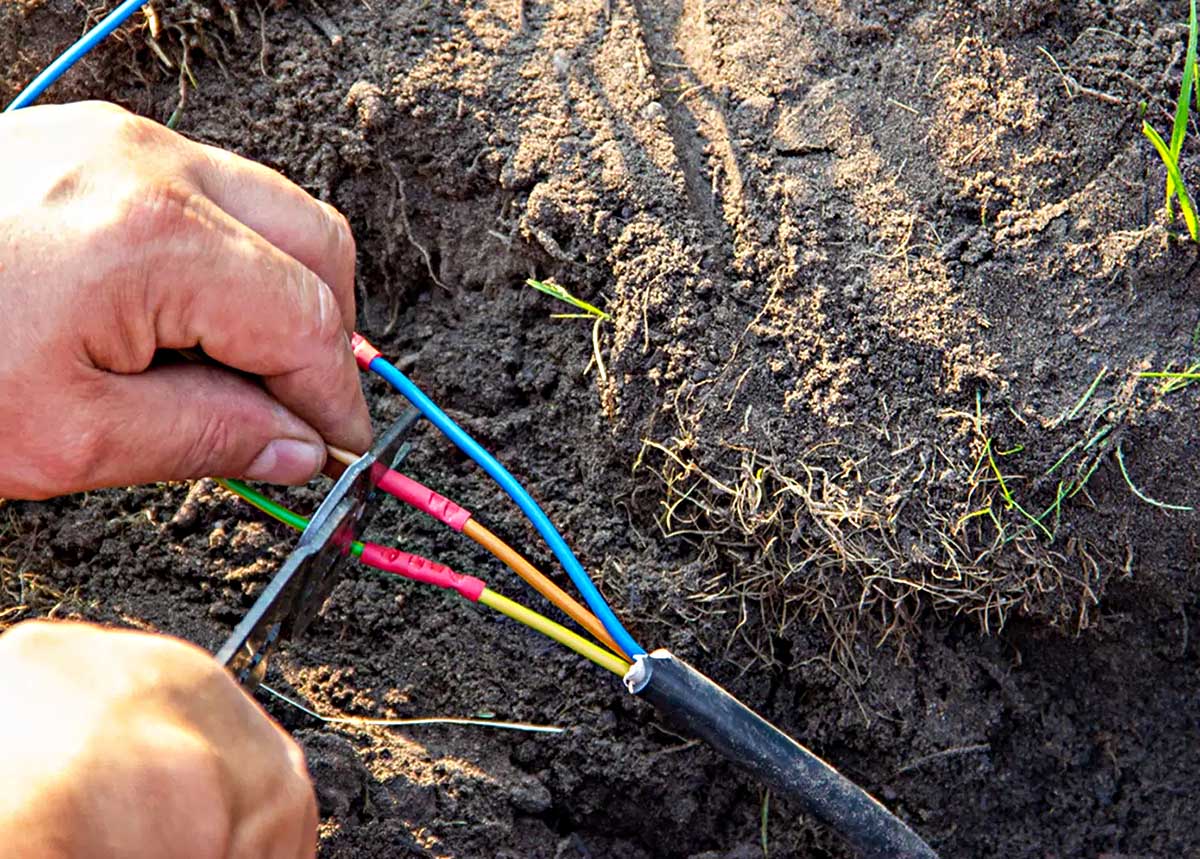
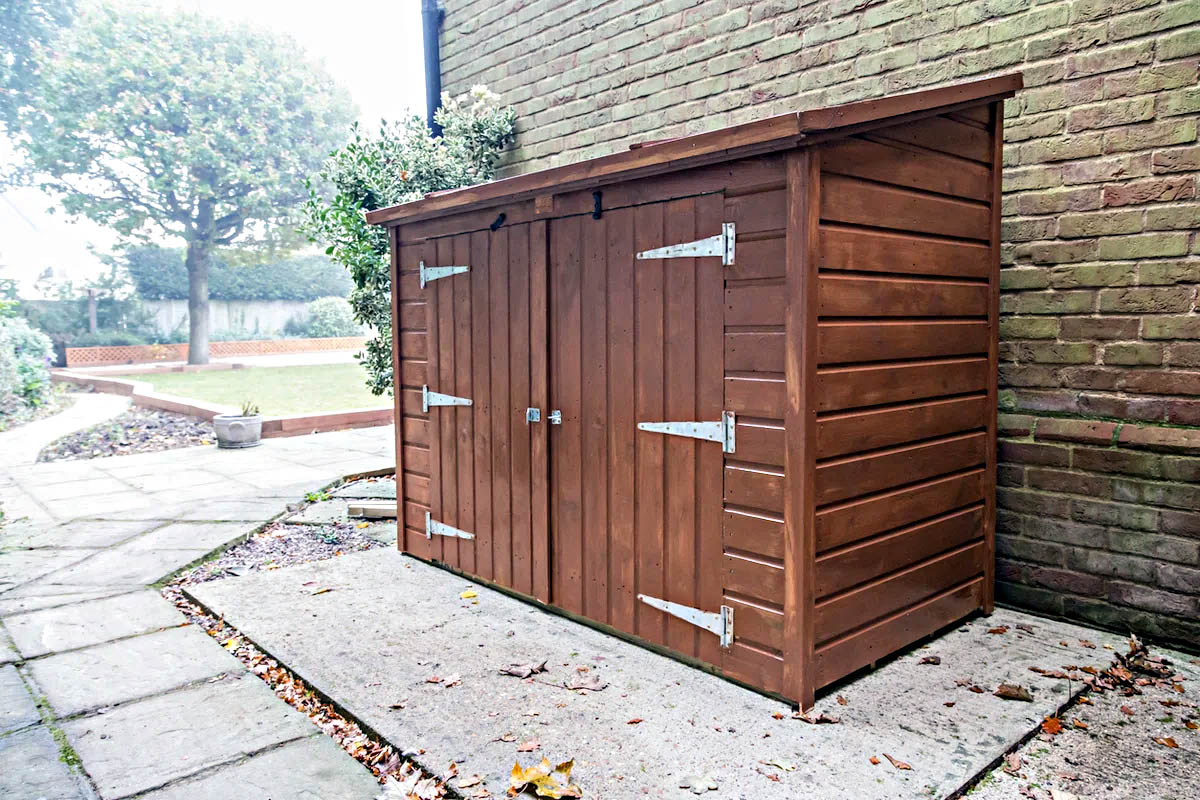
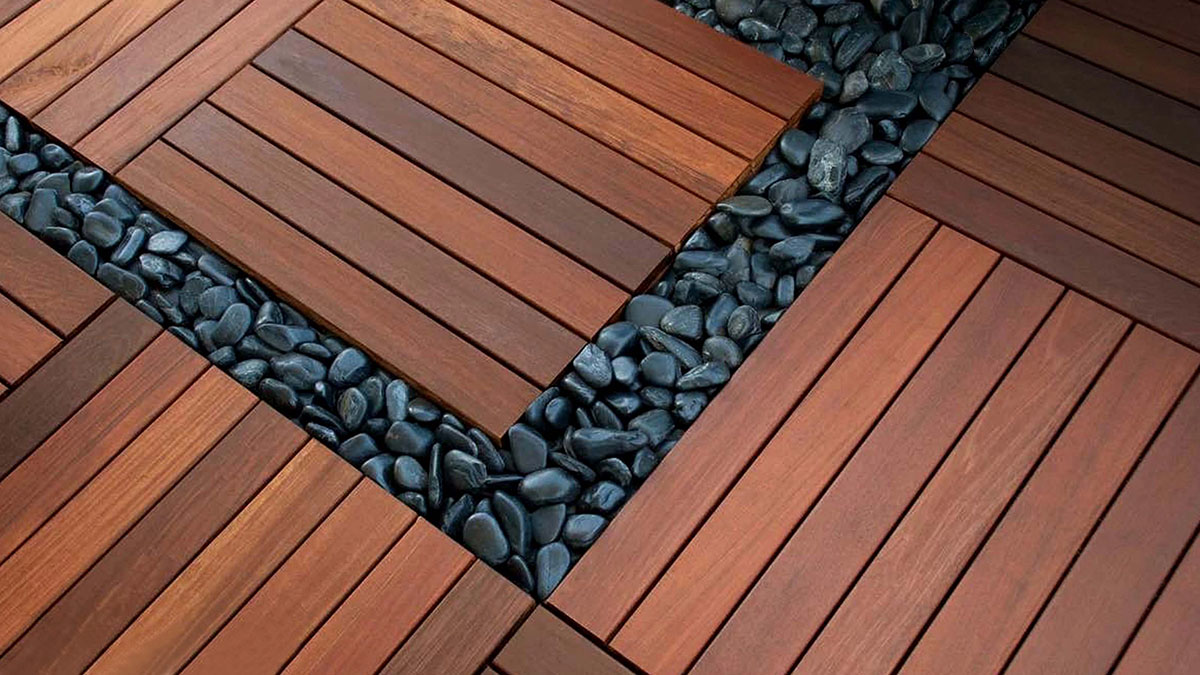
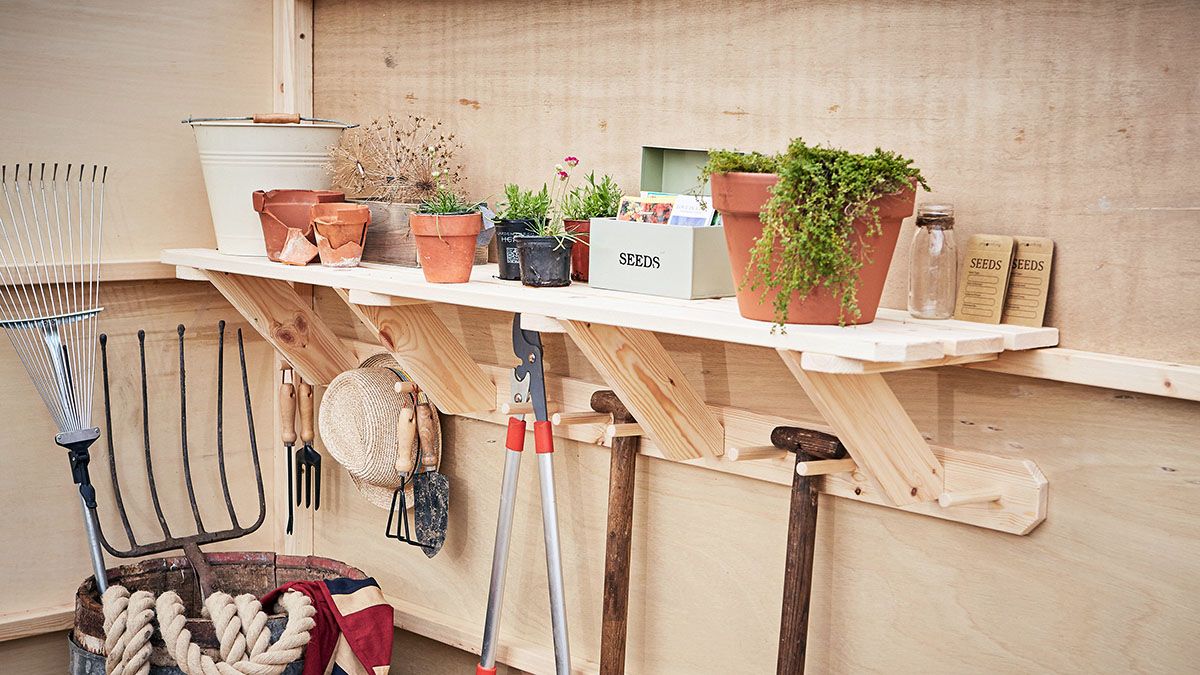

0 thoughts on “How To Keep Rodents Out Of My Tool Shed”